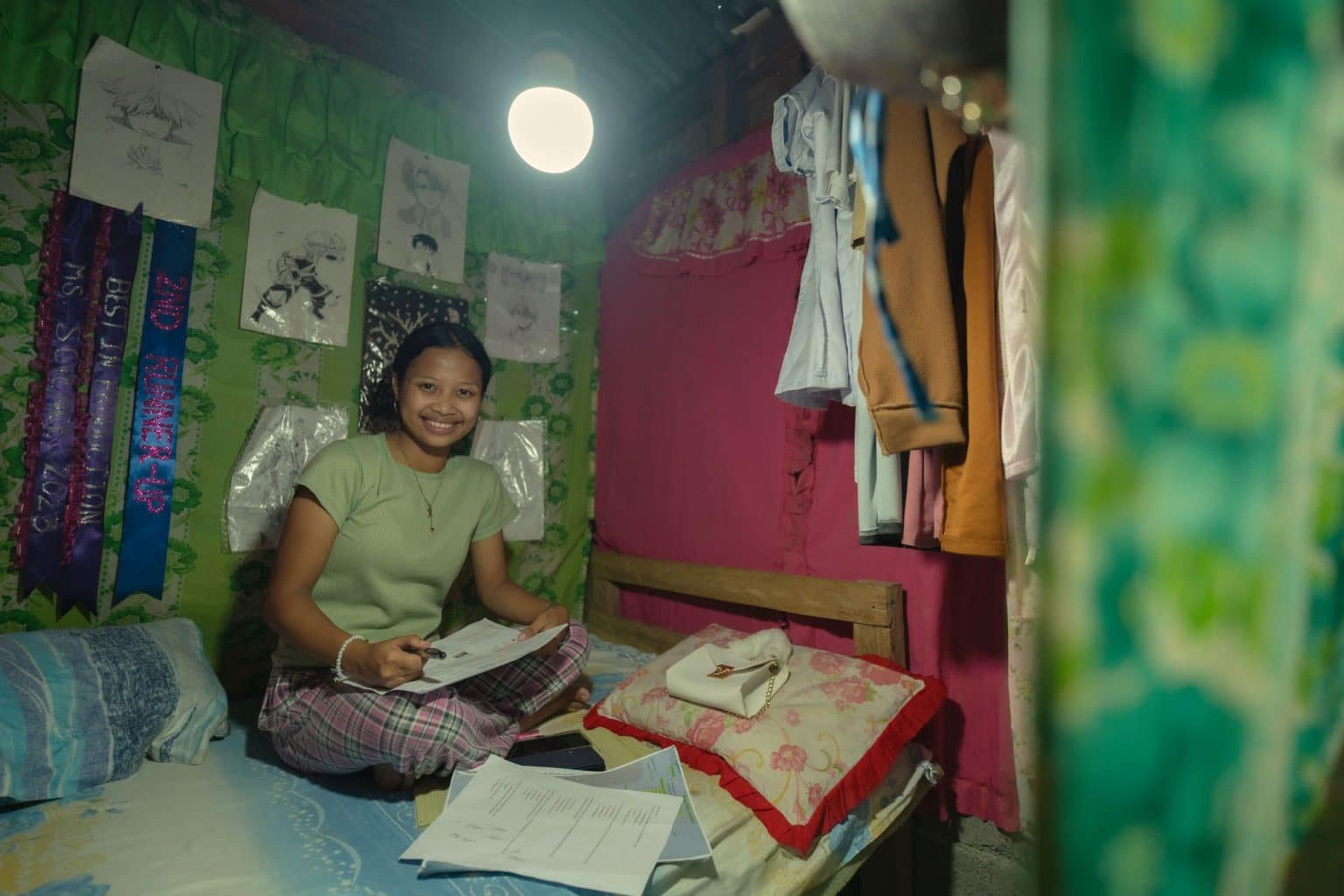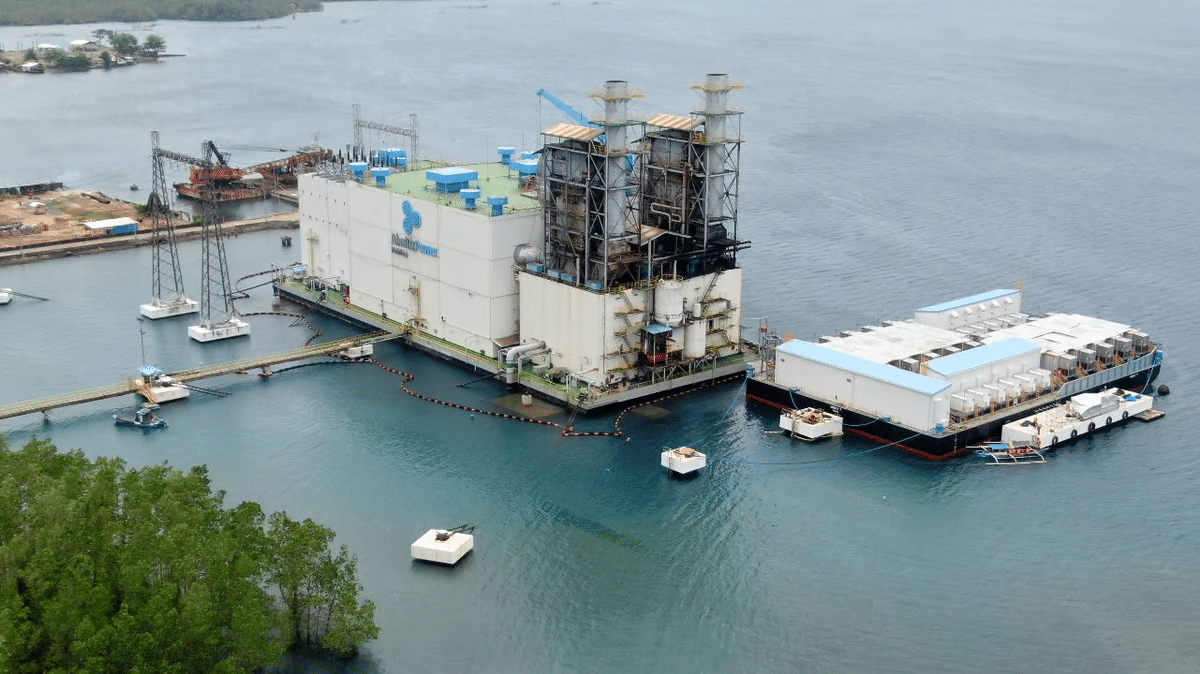
A newly launched digital tool has revealed nearly 1,850 megawatts (MW) of rooftop solar capacity installed across 174 cities and municipalities in the Philippines, providing a clearer picture of the country’s distributed solar energy landscape.
Developed by the Institute for Climate and Sustainable Cities (ICSC), the Solar Power Estimation of Capacities and Tracking Using Machine Learning (SPECTRUM) platform uses satellite data and machine learning to detect and estimate rooftop solar capacity nationwide.
The findings show 1,309.64 MW in Luzon, 472.48 MW in Visayas, and 61.08 MW in Mindanao, totaling 1,846.08 MW.

“Solar energy is not just about sustainability. It is about economic empowerment, especially for those in underserved and last-mile communities,” said Angelo Kairos dela Cruz, Executive Director of ICSC. “Through initiatives like SPECTRUM, we turn research into evidence-based policies that guide national planning and empower local governments to adopt climate-smart strategies.”
“It also helps the private sector make informed investments and supports electric cooperatives and utilities in deploying renewable energy,” dela Cruz added.
(Also read: Lighting up Mindanao: A Grassroots Push for Solar Power)
A data-driven view of solar potential
SPECTRUM categorizes detected installations into three types:
- Residential: systems under 100 kilowatts (kW), typically under the Net-Metering Program
- Commercial and industrial: systems above 100kW, often under the Distributed Energy Resources (DER) Program
- Utility scale: installations over 1 megawatt (MW)
Of the total capacity detected:
- 1,398.25 MW are utility-scale installations
- 202.03 MW are commercial or industrial
- 245.8 MW are residential
ICSC Chief Data Scientist Jephraim Manansala noted that more rooftop solar systems are being installed without formal registration, which makes it difficult for distribution utilities to plan and operate effectively.
“Despite being unregistered, these growing capacities could still contribute significantly to renewable energy generation targets. That’s why we need a clearer, more granular view of what’s already on the ground,” Manansala explained.
(Also read: Mindanao Pushes for Energy Security Through Solar)
Enabling smarter planning and participation
The Department of Energy (DOE) welcomed the tool’s launch, viewing it as a catalyst for market development and smarter energy planning.
“I believe that the ongoing implementation of the SPECTRUM initiative will help us identify potential projects and explore new business models,” said DOE Assistant Secretary Mylene Capongcol. “This also paves the way for the introduction and expansion of innovative and impactful power purchase agreements.”
DOE Undersecretary Felix William Fuentebella stressed the role of metrics in guiding energy strategy. “Metrics are essential—they serve as our compass. By consistently using a spectrum of tools to track these metrics, we can unite people and leaders… around a shared vision,” he said.
Sources:
https://icsc.ngo/solar-mapper/
https://icsc.ngo/philippines-has-over-1800mw-potential-solar-capacity-nationwide-icsc/
https://megaproject.com/news/powerplant/philippines-rooftop-solar-capacity-estimated-at-over-1-8-gw
https://icsc.ngo/philippines-has-over-1800mw-potential-solar-capacity-nationwide-icsc/











